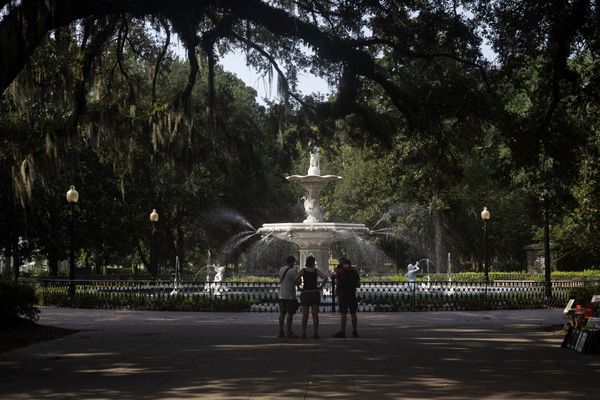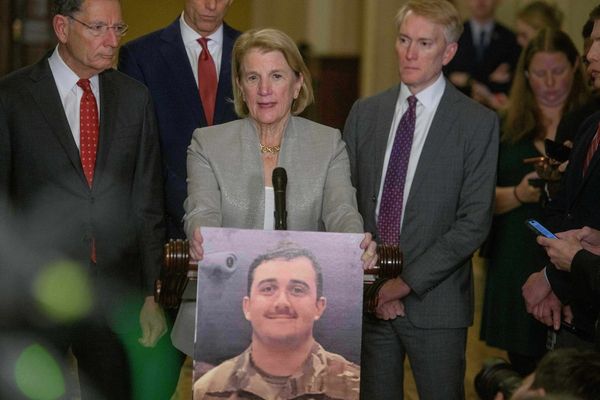Bengaluru, often celebrated for being a ‘garden city’, the ‘IT capital’ of the country, and its pleasant weather, has been making headlines this year for facing a severe water crisis following the drought of 2023. The water crisis is also likely to hit other urban centres and rural areas. According to a recent weekly bulletin by the Central Water Commission, even as peak summer is around the corner, most of the major reservoirs in the southern States of Karnataka, Tamil Nadu, Andhra Pradesh, and Telangana are filled to only 25% of their capacity or less. Is the urban water system breaking? T.V. Ramachandra and S. Vishwanath discuss the question in a conversation moderated by K.C. Deepika. Edited excerpts:
Editorial | Compounding crises: On the impact of a summertime water crisis
S. Vishwanath: In the 20th century, we have designed our institutions of water provision as water supply boards. We have to change the paradigm of governance to maintain the water management board, where water not only includes piped water from a river but also local water. The city has rainwater, ground water, surface water, lakes, tanks, river streams. It has wastewater or what we now call used water. All of these forms, if managed well, should be sufficient for the city. So, we have to change the governance of water through institutions, starting from the river basin. We don’t have river basin institutions looking at the landscape, deforestation, sand mining, pollution, agricultural practices, and so on. We have to keep tabs on these and make sure that we do not alter the landscape irretrievably, so much so that the river stops flowing or flows with heavy polluted water. At the city scale, we have to create institutions which are able to be nuanced in their understanding of all forms of water and manage it as an ecological resource. That is the lesson that we have to learned from Bengaluru and all the other urban areas of India.
Editorial | Crisis of time: On parched Karnataka and its water woes
The other issue is concretisation and poor construction of roads. Roads are becoming impediments to hydrological flows; they act as dams and barriers.
T.V. Ramachandra: First, as mentioned, there are too many agencies. Fragmented governance is the root cause of the problem. Second, most of these state agencies are headed by individuals who lack competence. I would prefer subject experts sitting there. If we manage water well, we will have sufficient water. With 700-850 mm of annual rainfall, we will have about 15 TMC of water in the city. Bengaluru requires 18-19 TMC of water. That means 70% of the water that the city needs is available in the form of rainwater. We need to harvest rainwater through rooftop harvesting in houses or by rejuvenating lakes and retaining the rainwater. If we re-establish the interconnectivity of the lakes, we will solve the problem of flooding; the water will move from one location to the other and there won’t be flooding. When we talk about floods, the government comes up with plans for remodelling, which is nothing but mismanagement of storm water drains. The government concretises and narrows storm water drains, which is against the hydrological principle for any drain.
Also read | A possible solution for Bengaluru’s water crisis
T.V. Ramachandra: For any city to be livable, we should not cross the carrying capacity. Unfortunately, Bengaluru has crossed the limit. There has been an 1055% increase in concrete area over five decades, 18% loss in vegetation, and 79% loss in water bodies. This shows that we have made a huge blunder. We can hope for the better with good management but where are the managers? We have not trained people to cope with this situation which has risen because of five decades of mismanagement.
Watch | Why is Bengaluru staring at a severe water shortage?
I think we should opt for cluster-based development. Our agenda should be to reverse migration, so that youngsters can move to other districts. If we can shift industries to taluk headquarters, those regions will develop. Developing other parts of the country and the State is a requirement. Why should we make sure that everything is concentrated in Bengaluru and make it more unliveable?
Ground Zero | Bengaluru, the parched IT capital of India
T.V. Ramachandra: The right institutions, yes, but also accountability in the system. We are creating projects just to use funds. Unless we tackle corruption, planning will fail. We should also elect the right people.
T.V. Ramachandra is the Coordinator of the Energy and Wetlands Research Group, Centre for Ecological Science, Indian Institute of Science; S. Vishwanath is a water conservationist









